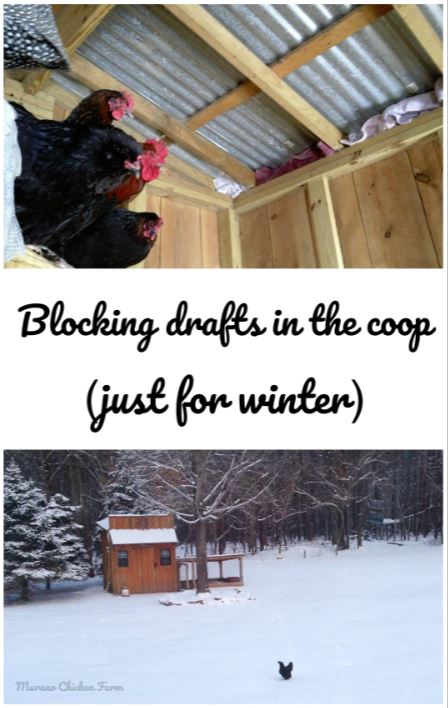Introduction
As winter approaches, keeping your backyard chickens warm and healthy becomes a top priority. In addition to providing them with adequate bedding and food, ensuring proper ventilation in the coop is vital to their well-being. However, simply leaving a window or door open can lead to harmful drafts and energy loss. This article provides ten tips for properly ventilating your chicken coop during the winter months.
Tip 1: Install Proper Ventilation
Before winter sets in, make sure your coop has sufficient ventilation. This can include windows, vents, and doors, as well as specific openings in the roof and walls. Ensure that all ventilation points are unobstructed and securely covered with hardware cloth to keep predators out.
Tip 2: Use Insulation
Insulation helps keep the coop warm and dry during the winter. Install insulation in the walls, ceiling, and floor using materials like fiberglass and foam. However, be sure not to over-insulate as this can lead to moisture buildup and poor air quality.

Tip 3: Monitor Humidity Levels
Maintaining proper humidity levels in the coop is crucial to preventing respiratory problems in your flock. The ideal humidity range for chickens is between 40-60%. Use a hygrometer to monitor levels, and adjust ventilation as needed to maintain a healthy environment.

Tip 4: Check for Drafts
Drafts are a common problem during the winter, and can lead to hypothermia and other health issues in chickens. Conduct regular checks of your coop for any air leaks or gaps in insulation. Seal any gaps with caulking or weatherstripping to keep the cold air out.
Tip 5: Use Passive Ventilation
Passive ventilation methods such as ridge vents and soffit vents are ideal for regulating temperature and humidity in the coop, without the need for electrical systems. These vents work by allowing warm, moist air to escape and cold, dry air to enter the coop. Just be sure to keep the vents free of debris to maximize airflow.
Tip 6: Use Fans
Fans are an effective way to maintain air circulation and prevent moisture buildup in the coop. Place one or two fans at the highest point of the coop and point them downward. This will help to circulate warm air throughout the coop, while removing any excess moisture.

Tip 7: Monitor Temperatures
Keeping an eye on the temperature inside the coop is important during the winter months. Use a thermometer to ensure that the temperature remains between 25-30°C (77-86°F) for adult chickens and 32-35°C (90-95°F) for chicks. Adjust ventilation as needed to maintain optimal temperatures.
Tip 8: Use Deep Litter Method
The deep litter method involves creating layers of bedding material to create insulation in the coop. During the winter months, use pine shavings or straw as the topmost layer. As the bedding decomposes, it generates heat that helps to keep the coop warm. Be sure to turn the bedding regularly to maintain airflow and prevent moisture buildup.

Tip 9: Utilize Sunlight
Using natural sunlight to heat the coop is a cost-effective and efficient way to maintain warmth during the winter. Position windows or skylights facing south or southeast to maximize the amount of sunlight entering the coop. Just be sure to use window coverings during the night to prevent drafts.

Tip 10: Use Heating Lamps Sparingly
While heat lamps can be an effective way to warm the coop during extreme cold spells, they should be used sparingly and with caution. Heat lamps can pose a fire risk if not placed securely and are often a cause of dryness and subsequent respiratory problems in chickens. We do not recommend using heat lamps.
Conclusion
Proper ventilation is vital to keeping your backyard chickens healthy and happy during the winter months. By following these ten tips, you can maintain a warm, dry, and healthy environment in your chicken coop. Remember to monitor the coop regularly for any signs of drafts, moisture buildup, or temperature changes, and adjust ventilation as needed. With proper ventilation and care, your chickens can thrive throughout the winter season.


.JPG)


Comments
Post a Comment